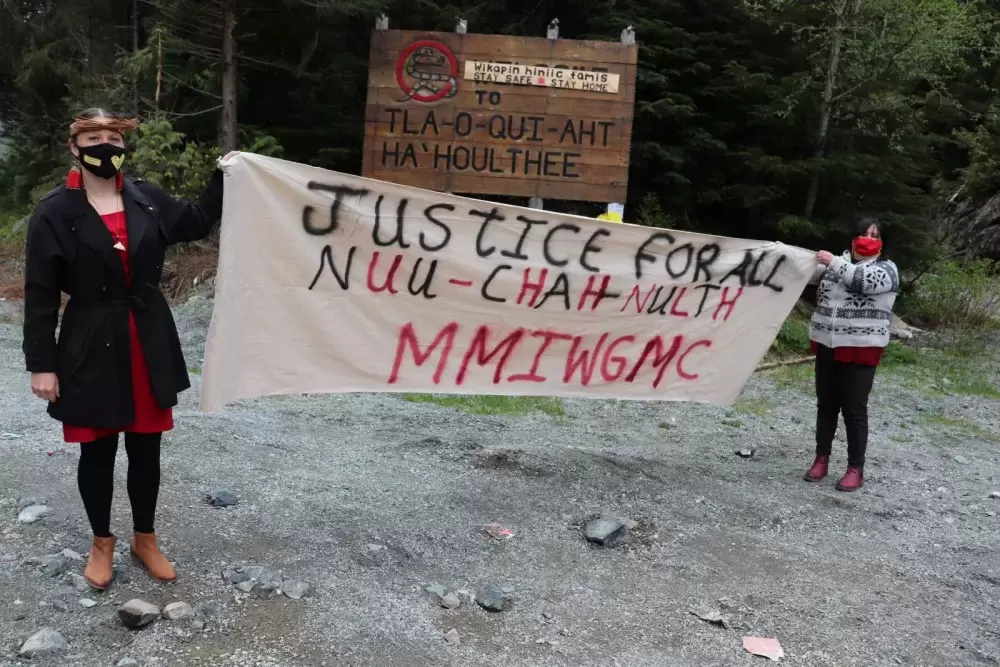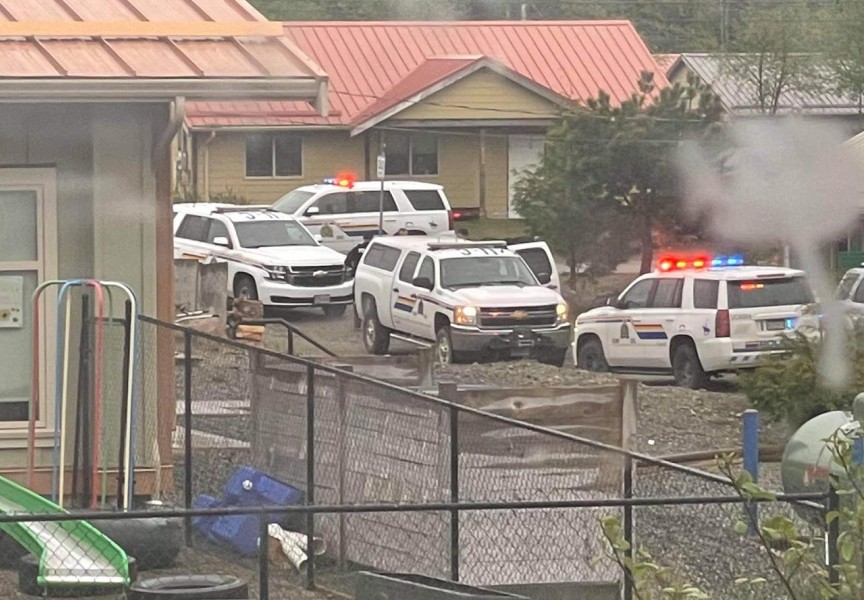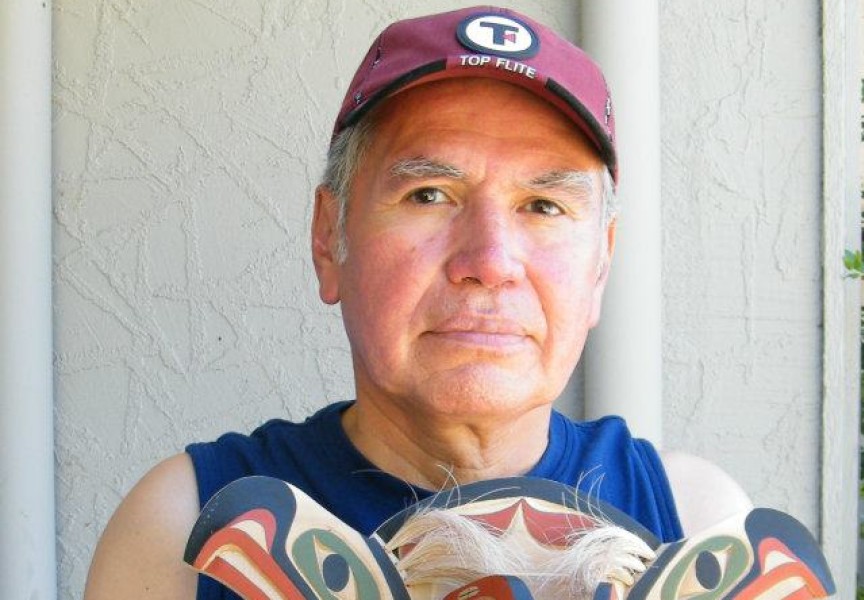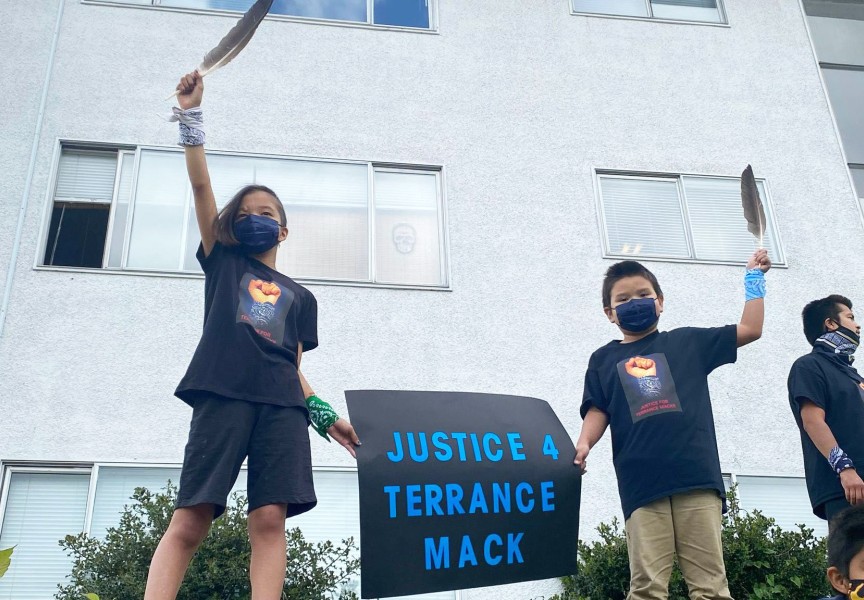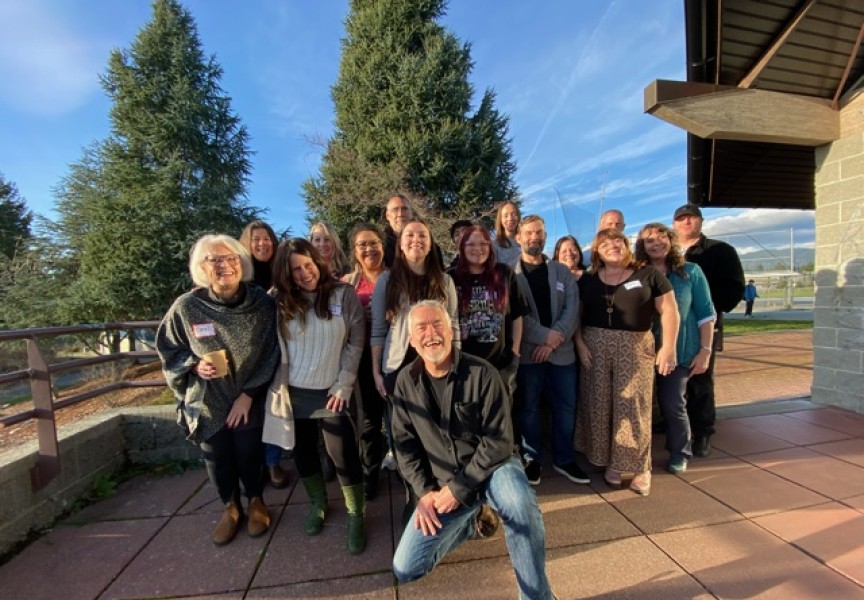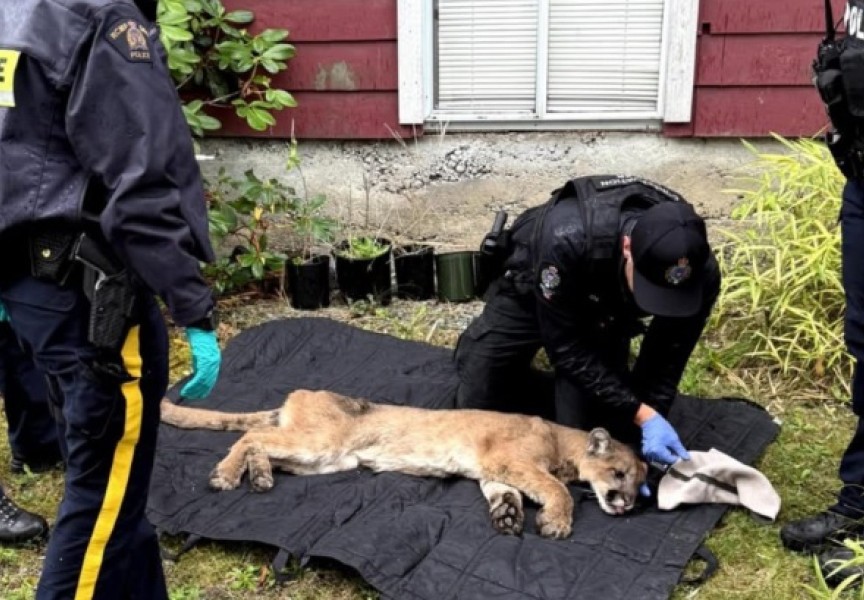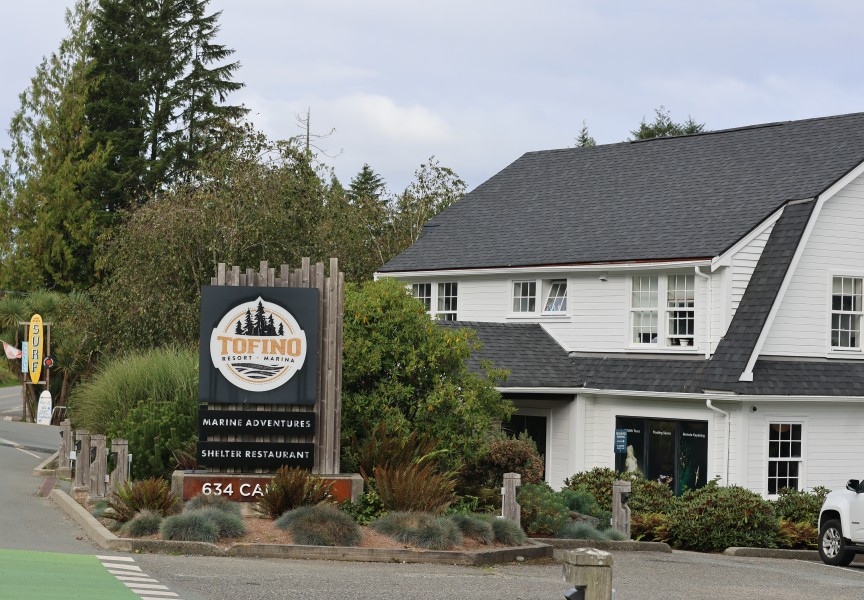The federal government released a National Action Plan (NAP) in response to the ongoing crisis of Missing and Murdered Indigenous Women, Girls and 2SLGBTQQIA+ people on Thursday, June 3.
It comes two years after the National Inquiry into Missing and Murdered Indigenous Women and Girls’ (MMIWG) final report was released.
The NAP includes highlights of key short-term priorities related to the violence against Indigenous women, including: public awareness campaigns about the issues Indigenous people face, providing trauma-informed training on Indigenous history and culture, along with creating a national task force to review and re-investigate unresolved files of missing and murdered Indigenous women, girls, and 2SLGBTQQIA+ people.
A “complementary implementation plan” with expected outcomes and timelines has yet to be developed. No time-frame or budget was provided for any of the short-term priorities.
Mariah Charleson, Nuu-chah-nulth Tribal Council vice-president, said she vividly remembers June 3, 2019, because the final report described the disproportionate level of violence against Indigenous women and girls in Canada as a “genocide.”
“You would think there would be some immediate action required, and in emergency, when you hear the word ‘genocide,’” she said.
It took two years for the federal government to come up with 23 short-term priorities and seven goals, said Charleson.
“It fell far short of what we were expecting” from the initial report, she said.
“We waited two years for an incomplete action plan with no deliverables, no landmarks, no immediate goals, no long-term goals, no timelines, no budget,” Charleson added.
Debbie Scarborough, provincial manager of women and child protection with the BC First Nations Justice Council, echoed Charleson and said the action plan “is not really an action plan.”
“At what point are we actually going to say ‘enough is enough?” she questioned. “We've done enough talking. Indigenous people are the most researched people in this country and yet, the most underserved. I've [heard] enough talking. This was supposed to be the plan.”
The NAP was released a day before the one-year anniversary of Chantel Moore’s death – the 26-year-old Tla-o-qui-aht woman who was fatally shot outside her New Brunswick apartment during a wellness check by an Edmundston police officer. No charges were laid against the involved officer.
Scarborough suggested that there are many concrete plans the government can implement, such as providing specialized training to every police officer for defusing those living with mental health or addictions issues. And if that’s not possible, creating a squad in every RCMP detachment that is trained to handle those dealing with mental health or addiction problems, she added.
Another “concrete plan” is to purchase vans and provide drivers licences through the All Nations Driving Academy. Instead of hitchhiking, women could pick-up other women and children along Highway 16, known as the Highway of Tears, she said.
“Every time I drive home along the highway [of tears], I’m reminded that there's some girls and some women that are buried out there that have yet to be found and brought home – just like the 215 children in Kamloops,” said Scarborough. “We know that there's likely hundreds, if not thousands, of other graves at the other sites of residential schools. What will it take for this government to actually invest in an action plan?”
Following a recommendation from the national inquiry, the federal government announced in April that Highway 16 will have cellular coverage along the entire route.
The NAP described interviewing over 100 Indigenous women, 2SLGBTQQIA+ people, among others to ensure Indigenous voices and lived experiences are at the centre of the plan.
“A lot of heart went into the work,” Scarborough said of the victims’ testimonies.
Women from across the country came together and listened to each other’s stories with respect, she described.
Charleson, however, said she hoped it would be more extensive.
“If [the government] wants to be true to their mandate and keep Indigenous women and girls at the centre of their work, we need to hear the thousands of women’s stories from all across the country,” she said.
In a release, Grace Lore, parliamentary secretary for gender equity, said violence against Indigenous women, girls and two-spirit people is an “urgent’ issue in B.C. and across the country.
“In honour of the survivors whose courage has led us here, and in honour of the women, girls and two-spirit people who have been stolen from their families and communities, we are committed to working with community to create lasting change,” she said.
British Columbia responded with their own plan, A Path Forward: Priorities and Early Strategies for B.C.
The province is making an initial investment of up to $5.5 million in 2021 through to 2022, with additional investments under consideration.
These resources will allow B.C. to invest in a community fund accessible to First Nations people, Métis citizens and 2SLGBTQQIA+ communities in support of developing safety plans.
"This has been a call to action from Indigenous women for decades,” said Melanie Mark, MLA for Vancouver-Mount Pleasant, in a release. “It’s a really important issue to survivors, families and advocates in my community across B.C. Following through on the calls to justice is a priority to me as a Nisga'a and Gitxsan woman, MLA and cabinet minister. Now is the time for real action. I know my colleagues are committed to following through on this work.”
As Indigenous leaders and advocates await “yet another document,” Scarborough said “Indigenous women and girls are still being killed.”
“I get government, I get process but the final report was two years ago and it wasn't final,” she said. “Now we have an action plan that isn't really an action plan. At what point do we just stop and do something?”

